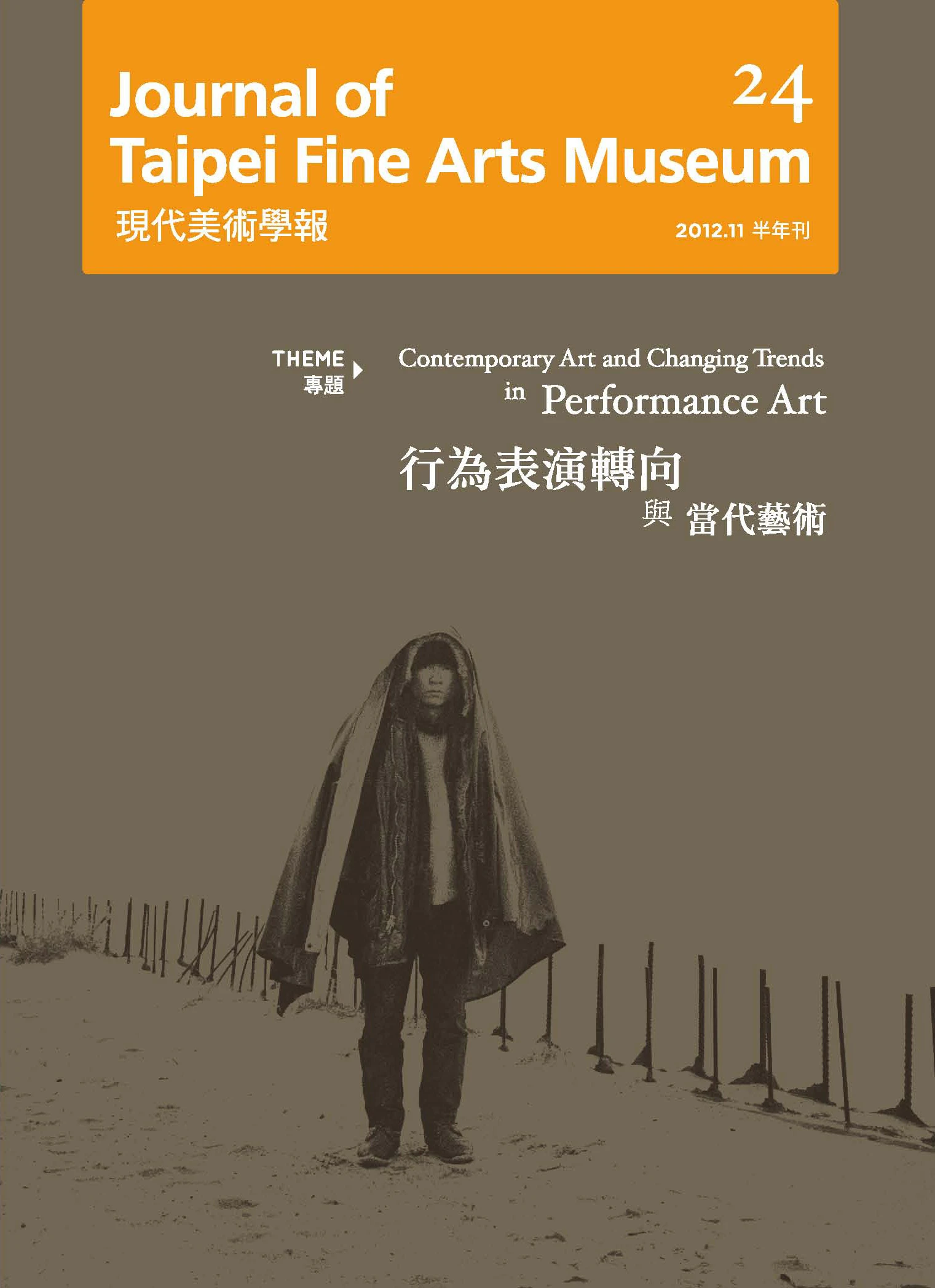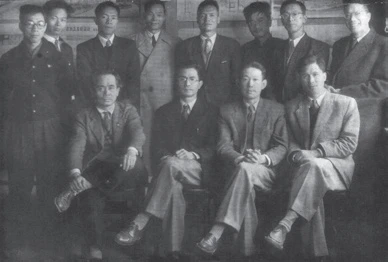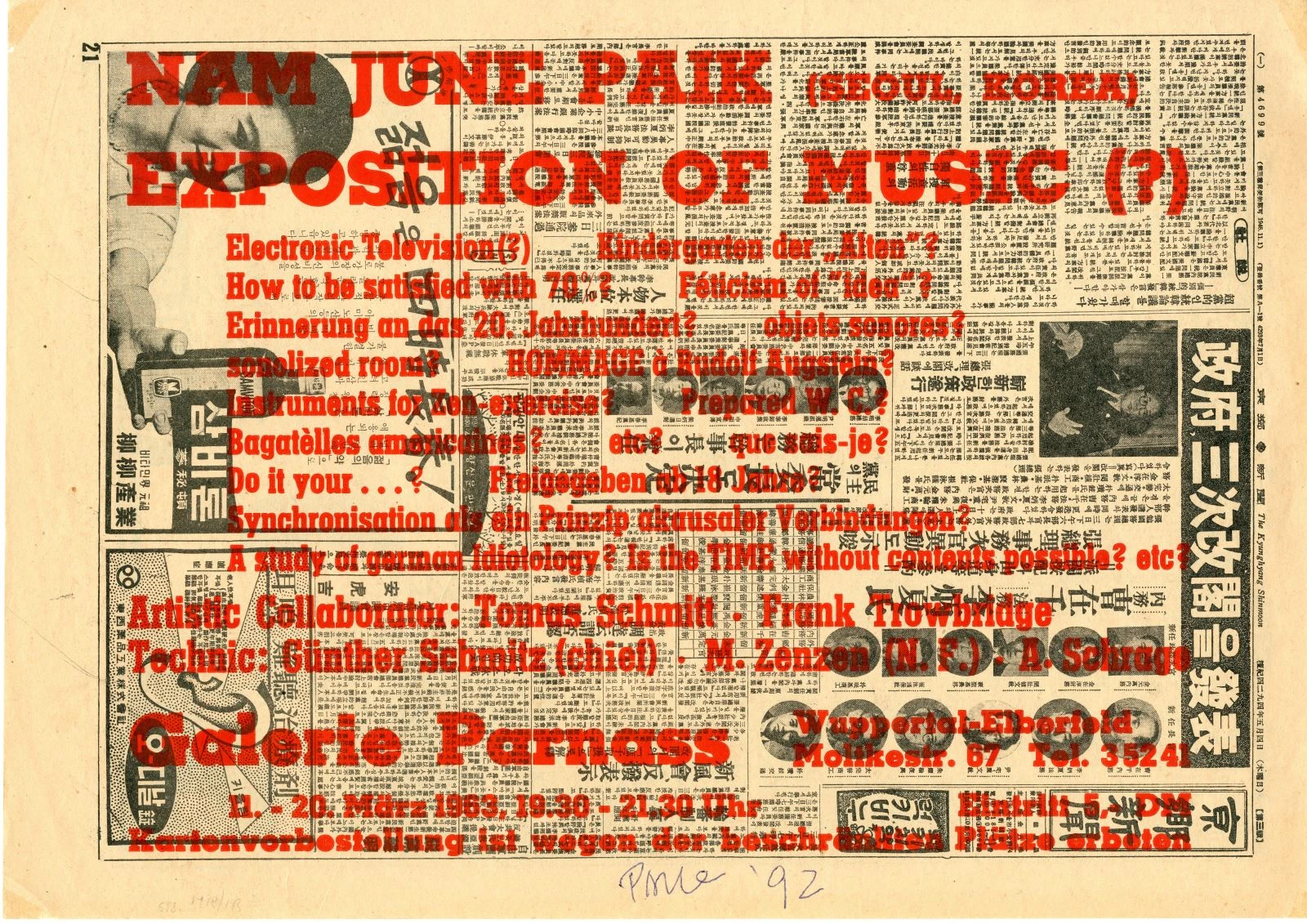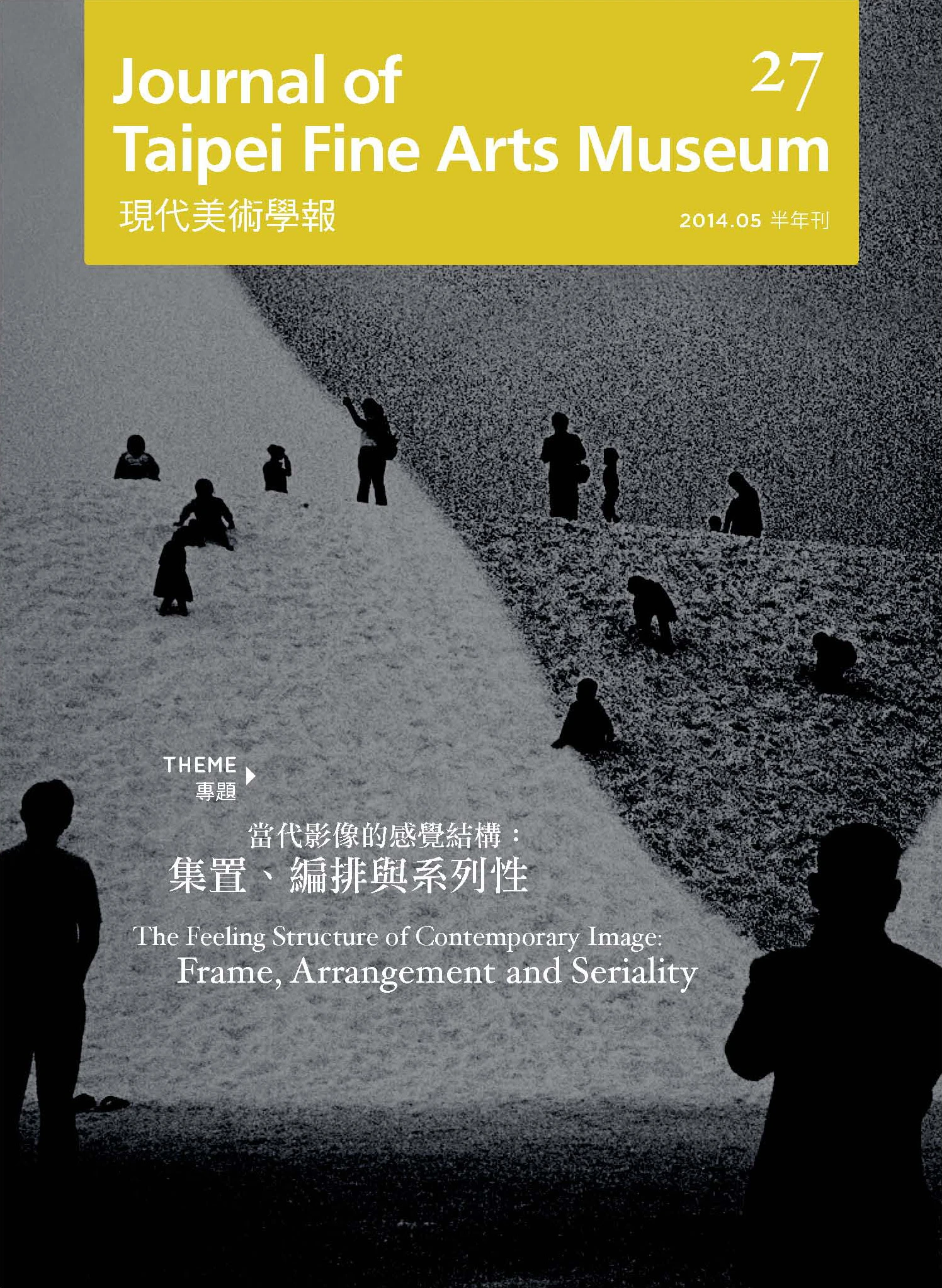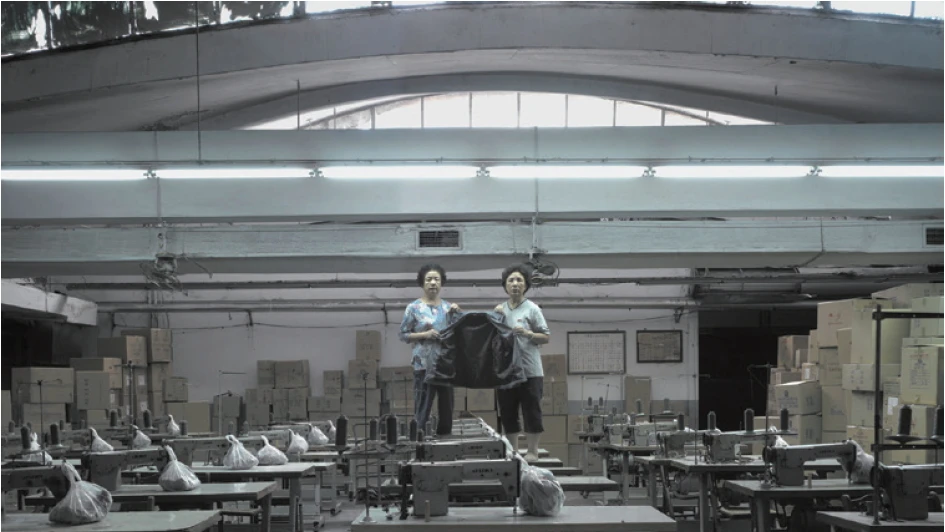摘要
新、舊思維間,無論是矛盾沖擊或相輔相成之磨合,在八〇年代這一波藝術史學自身學科的省思,卻也因爲「數位化」發生了客觀條件的質變。在「圖像轉向」(iconic turn)聲浪中,影像科學(Bildwissenschaft)成爲德國藝術史學的最新跨學科硏究路徑。另外新媒體藝術(Neue Medienkunst)作爲硏究主軸的藝術學(Kunstwissenschaft)」逐步在九〇中期構築「當代版的藝術史學」架勢。這當中的佼佼者例如:八一年代便提出的「第貳現代」(ZweiteModeme)說法的德國卡斯魯爾《藝術暨媒體科技中心》(ZKM)已故總執行長兼 Hfg Karlsruhe 創校校長,藝術史學者 Heinrich Klotz。他大力推銷的理念,也爲同行學者 Belting 所支持並名以「全球的現代」(die globale Moderne)推向藝術學舞臺的新主流學術戲碼。不可諱言地,用來回應八三年舊版本所提出之「終結論」的「媒體藝術理論」,是爲藝術史學科帶來開拓新生之路。世紀轉折求新求變之際,幾近從傳統藝術史學出身並著稱的推動者有W.Herzogenrath、R.Frieling、現任萊比錫視覺藝術學院媒體藝術理論所教授 D.Daniels 及現《蘇黎世設計暨藝術學院》校長 H.-P.Schwarz等。不可忽略的是當年 Klotz 鼓吹後現代所推薦的美學家 Wolfgang Welsch 不謀而合在九〇年代所提出的「再設計」(Re-Design)新形態美學觀。一種由「超學科性設計的學科」("Transdisziplinares Design der Disziplin")所設計出的新現象,同列在全球化的新一波學術脈動。[1]
註解
- ^ 一九九七年,台灣數位化尚未全面普遍之際,筆者參與台灣大學藝術史研究所主辦《中國美術史研究之省思研討會》,曾為文討論德系藝術史學現況。戴麗卿,〈文本轉換與觀者視角的研究一從圖意學、藝術史詮釋學到接受美學兼談台灣的美術史教學與研究〉,《藝術學》第十八期(1997, 12),頁99-162。九年後,藉中研院歐美所舉辦之《藝術社會學研討會》,再次提出討論德語系的藝術史學科演變。本文基本上是以二〇〇四年所發表有關新媒體藝術簡史之專文為離型,擷取其中藝術史研究學門,另闢專題延伸討論。戴麗卿,〈超世代競逐:論當代游藝問題〉,國美館發行,《漫遊者:2004 國際數位藝術大展》(台中:國美館,民93) ,頁030-047 ; 104-119 ,http://navigator.digiarts.org.tw/lounge/paperdownload.html 之【媒體專區出版品】;戴麗卿,〈「超媒體」文化意識〉,余為政/Phillip George主編,《新媒體.新藝術》(台南:南藝大,民93) ,頁228-23 1 ; 330-333 。
關鍵詞
影像學、媒體藝術、圖像轉向、第貳現代、全球的現代、超學科性設計的學科
Abstract
The self-evaluation of art history as a discipline itself since the 1980s has had a qualitative change because of the paradigm shift induced by "digitalization." According to the wave of Iconic Turn, Image-Science (Bildwissenschaft) has recently become the latest productive research field of the trans-discipline studies in art history. On the other hand, Art Science (Kunstwissenschaft) is seeing New Media Art (Neue Medienkunst) as the main shaft has key concept that is constructing its own frame of Contemporary Art Historiography. One of the foremost proponents was Heinrich Klotz, the historian, the former director of Center of Art and Media (Zentrum fur Kunst und Medientechnologie/ ZKM) in Karlsruhe, Germany; also the principal of The State Academy for Design in Karlsruhe (Hfg Karlsruhe), who brought up the theory of Second Modem (Zweite Modeme) in 1981. The concept put forward by him has also initiated the concept of The Global Modem (die globale Modeme) that was named and advanced into the main stream of art history research by his colleague Hans Belting. Undoubtedly, The Media Art Theory (that Belting uses to respond to his own 1983 book The End of Art History?) carves out a new path for art history discipline. At the turn of the century many of those who had trained as traditional art historians have joined Belting's movement, such as W. Herzogenrath, R. Frieling, D. Daniels, and H.-P. Schwarz. Worthy of note is the aesthetician Wolfgang Welsch who was recommended by Klotz when in the 1990s he evolved the concept of post modem, and his new aesthetical concept of re-Design. Since then, during globalization, a new phenomenon of "designed discipline of Trans-discipline" ("Transdisziplinares Design der Disziplin") together with Second Modem has become next wave of art history studies.
Keywords
Image-Science/ Bildwissenschaft, Media Art, iconic turn, Second Modem, The Global Modem, designed discipline of Trans-discipline

